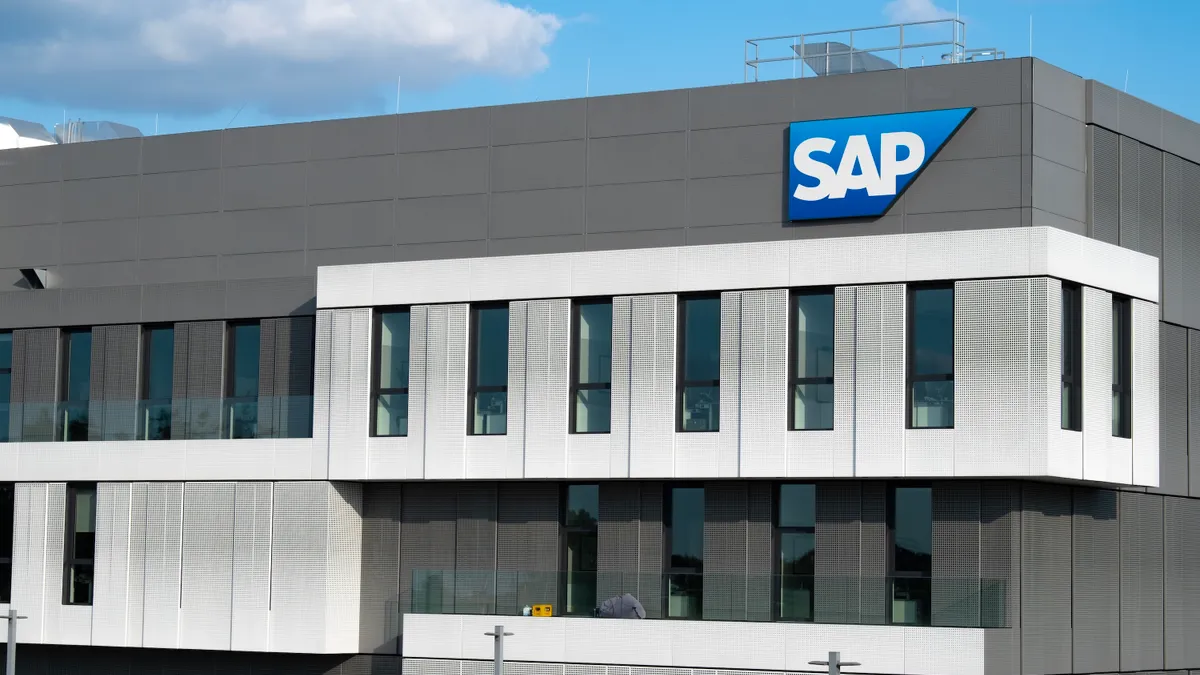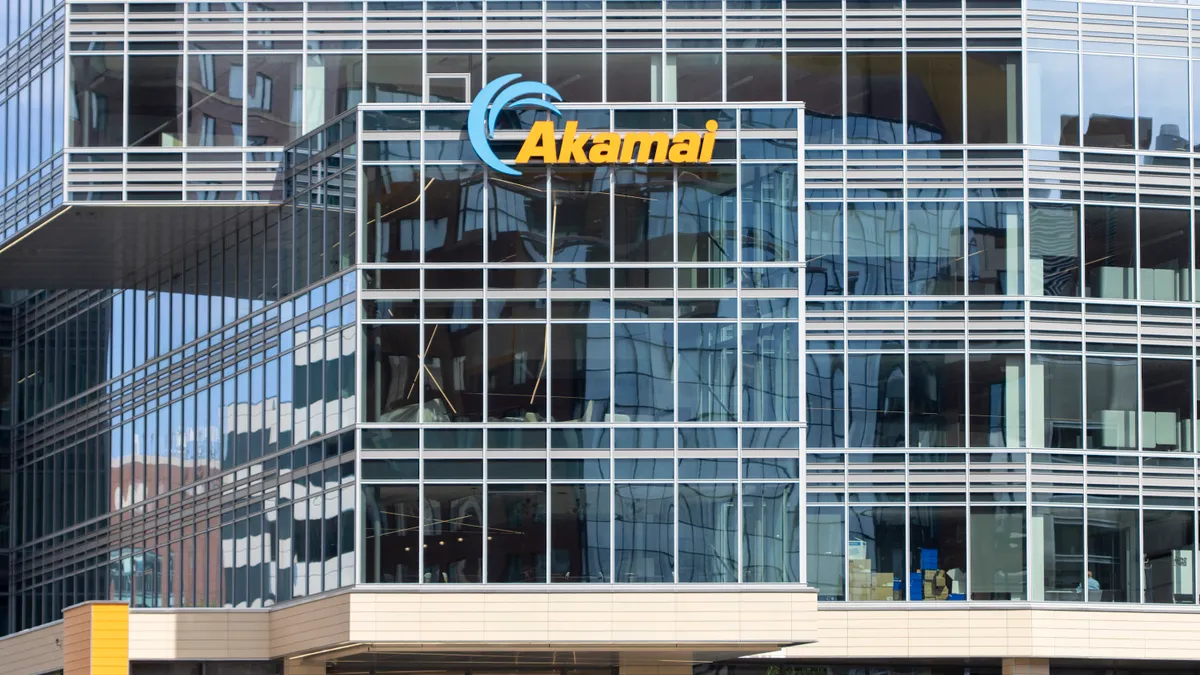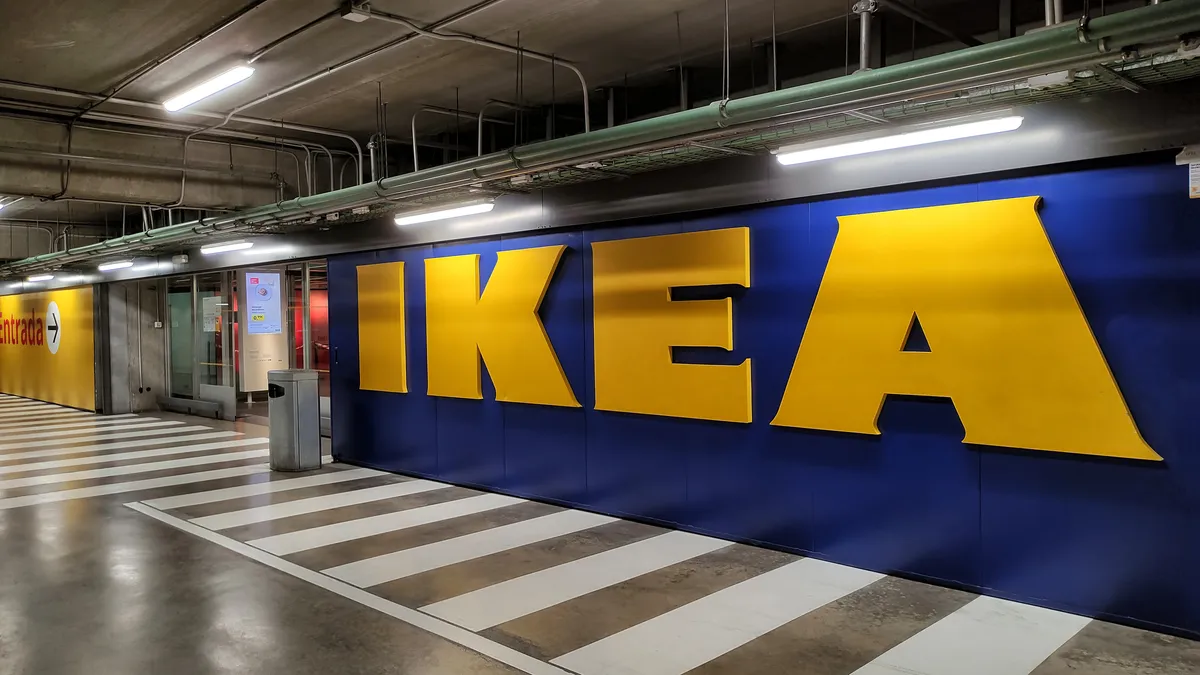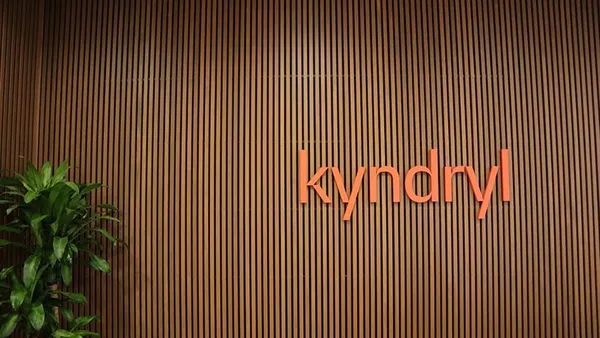Dive Brief:
- SAP rolled out a cloud-based ERP industry vertical for retail Thursday. SAP S/4HANA Cloud Public Edition, retail, fashion, and vertical business solution centralizes operational data and integrates finance, procurement and merchandising processes.
- The ERP vendor will also deploy an AI-powered shopping assistant in its Commerce Cloud solution during the first half of the year and customer loyalty program management toolkit later in 2025, according to the announcement.
- “Our strategy is to be modular but integrated,” Kristin Howell, global VP of SAP retail solutions management, said. “CIOs are looking to shrink the distance right between the customer and the data — the fewer integrations, the better.”
Dive Insight:
The retail solution continues SAP’s ongoing push to grow its cloud business. The company leaned on migration incentives, generative AI enhancements and a massive internal restructuring to drive customers to cloud last year.
SAP also pledged to provide every customer with a dedicated enterprise architect as the clock winds down toward the 2027 sunsetting of mainstream support for SAP ERP Central Component on-prem solutions.
While cloud eclipsed the company’s on-prem revenues during Q3 2024, Gartner estimated that nearly two-thirds of SAP ECC clients had not yet licensed SAP S/4HANA by the midpoint of last year. The firm found little evidence that migrations were on pace to meet the 2027 deadline.
Industry-specific solutions are another lever SAP is using to bring customers to the cloud.
“We built the cloud-based ERP almost from the ground up that’s specifically designed for retail businesses,” Howell told CIO Dive.
In addition to integrating internal business processes, retail solutions extend to customer-facing applications, an area that rose in the CIO priority list last year, according to Foundry’s State of the CIO report.
Public cloud architecture eases access to core data for marketing as well as finance, supply chain and procurement.
“A big part of our cloud ERP strategy is to unlock that data so that retailers don’t have to ship it out of SAP into another system to match inventory, orchestrate an order or design the right marketing campaign for a consumer,” said Howell.
The solution is designed to fit the needs of new and existing customers.
For digital-native businesses, the ERP offers “retail in a box,” Howell said. Existing customers with on-prem or private cloud deployments can integrate the retail solution as part of a broader migration plan.
“It's SAP talking to SAP,” Howell said. “The taxonomy is very similar.”













